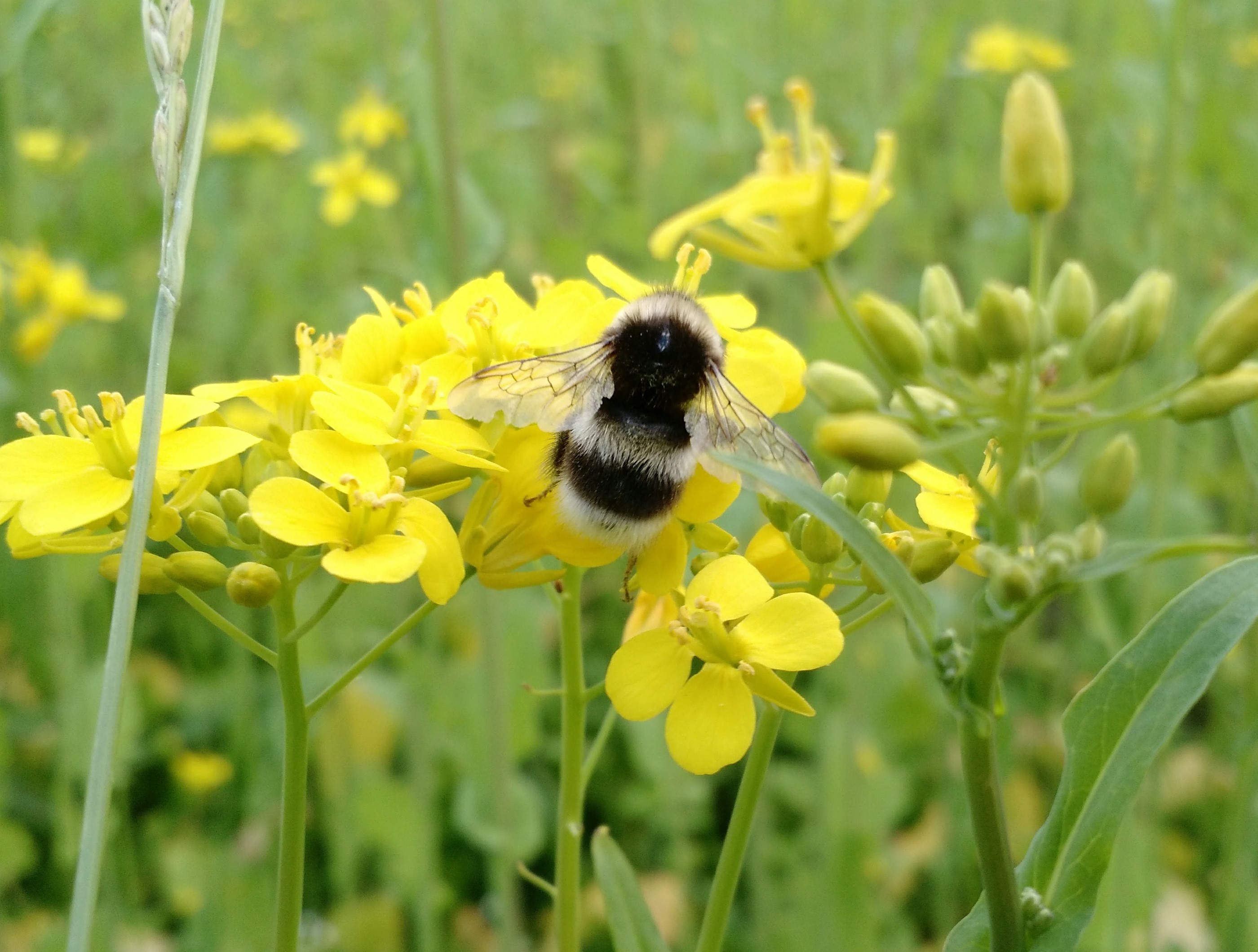Linking pollinator occurrence in field margins to pollinator visitation to a mass-flowering crop
DOI:
https://doi.org/10.26786/1920-7603(2021)623Abstract
Uncultivated field margins are important refugia for pollinating insects in agricultural landscapes. However, the spill-over of pollination services from field margins to adjacent crops is poorly understood. This study (i) examined the effects of landscape heterogeneity on pollinator occurrence in permanent field margins and pollinator visitation to adjacent mass-flowering turnip rape (Brassica rapa ssp. oleifera) in boreal agricultural landscapes, and (ii) tested whether pollinator abundance and species richness in field margins predict abundance and species richness of crop visitors. Pollinators visiting the crop were more affected by landscape heterogeneity than pollinators in adjacent margins. Species richness, total abundance, and the abundance of syrphid flies visiting the crop increased with increasing landscape heterogeneity, whereas, in field margins, landscape heterogeneity had little effect on pollinators. In field-dominated homogeneous landscapes, wild pollinators rarely visited the crop even if they occurred in adjacent margins, whereas in heterogeneous landscapes, differences between the two habitats were smaller. Total pollinator abundance and species richness in field margins were poor predictors of pollinator visitation to adjacent crop. However, high abundances of honeybees and bumblebees in margins were related to high numbers of crop visitors from these taxa. Our results suggest that, while uncultivated field margins help pollinators persist in boreal agricultural landscapes, they do not always result in enhanced pollinator visitation to the adjacent crop. More studies quantifying pollination service delivery from semi-natural habitats to crops in different landscape settings will help develop management approaches to support crop pollination.

Downloads
Published
How to Cite
Issue
Section
License
Copyright (c) 2021 Marjaana Toivonen, Irina Herzon, Jenni Toikkanen, Mikko Kuussaari

This work is licensed under a Creative Commons Attribution 4.0 International License.
JPE is an open access journal which means that all content is freely available without charge to the user or his/her institution.
Authors who publish with this journal agree to the following terms:
1) Authors retain copyright and grant the journal right of first publication with the work simultaneously licensed under a Creative Commons Attribution License that allows others to share the work with an acknowledgement of the work's authorship and initial publication in this journal.
2) Authors are able to enter into separate, additional contractual arrangements for the non-exclusive distribution of the journal's published version of the work (e.g., post it to an institutional repository or publish it in a book), with an acknowledgement of its initial publication in this journal.
3) Authors are permitted and encouraged to post their work online (e.g., in institutional repositories or on their website) prior to and during the submission process, as it can lead to productive exchanges, as well as earlier and greater citation of published work (See The Effect of Open Access).
To assure a broader targeted audience, content will be included into databases (such as EBSCO) and directories (such as DOAJ).











